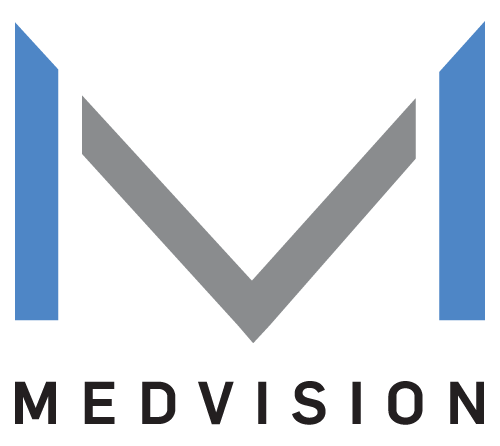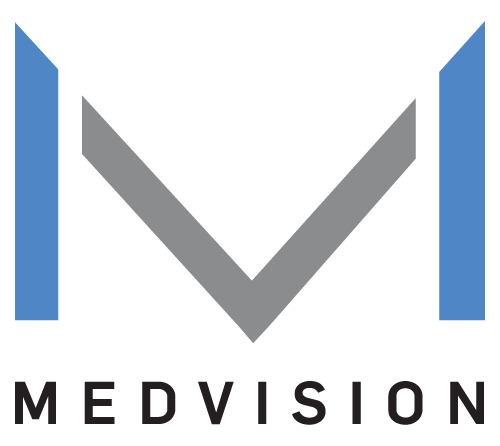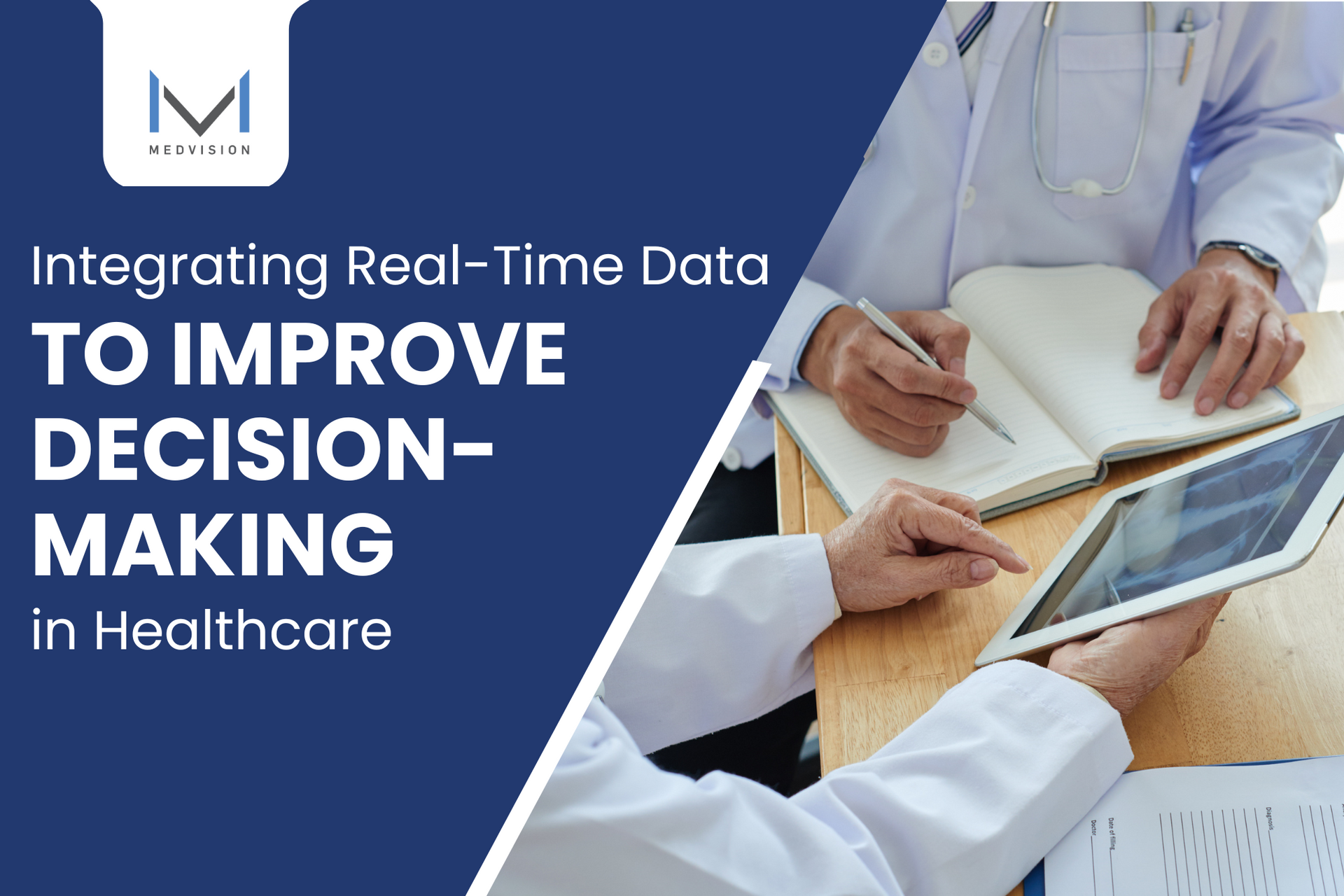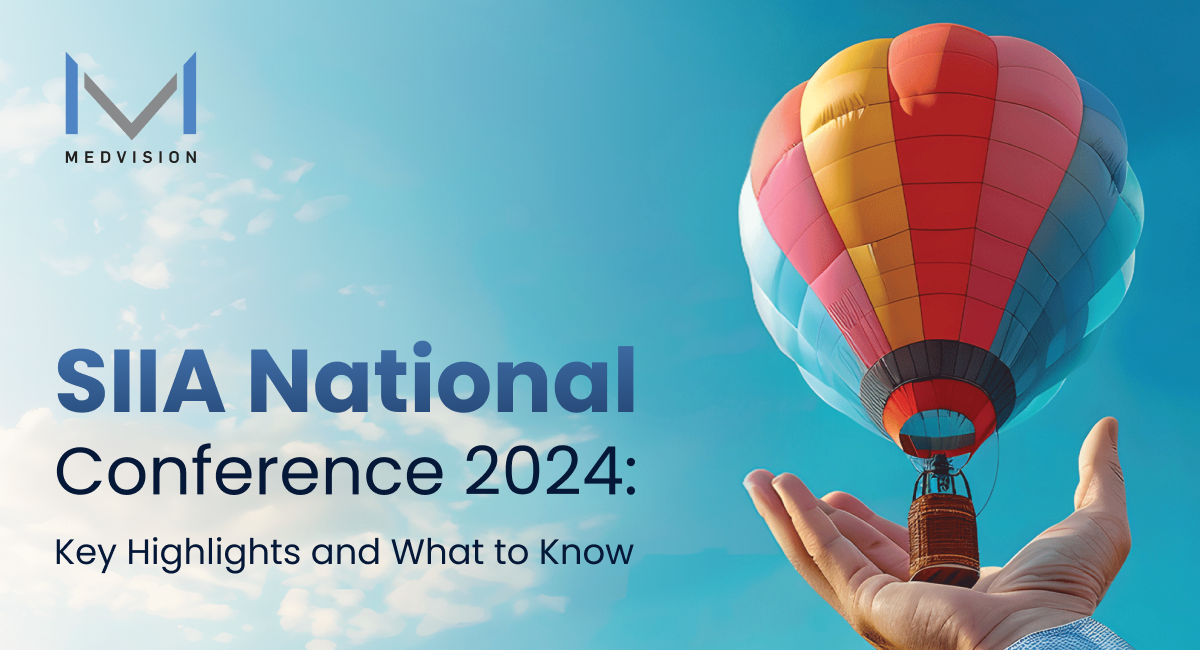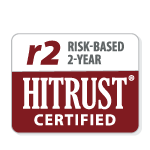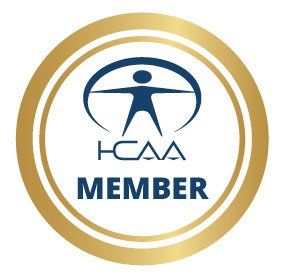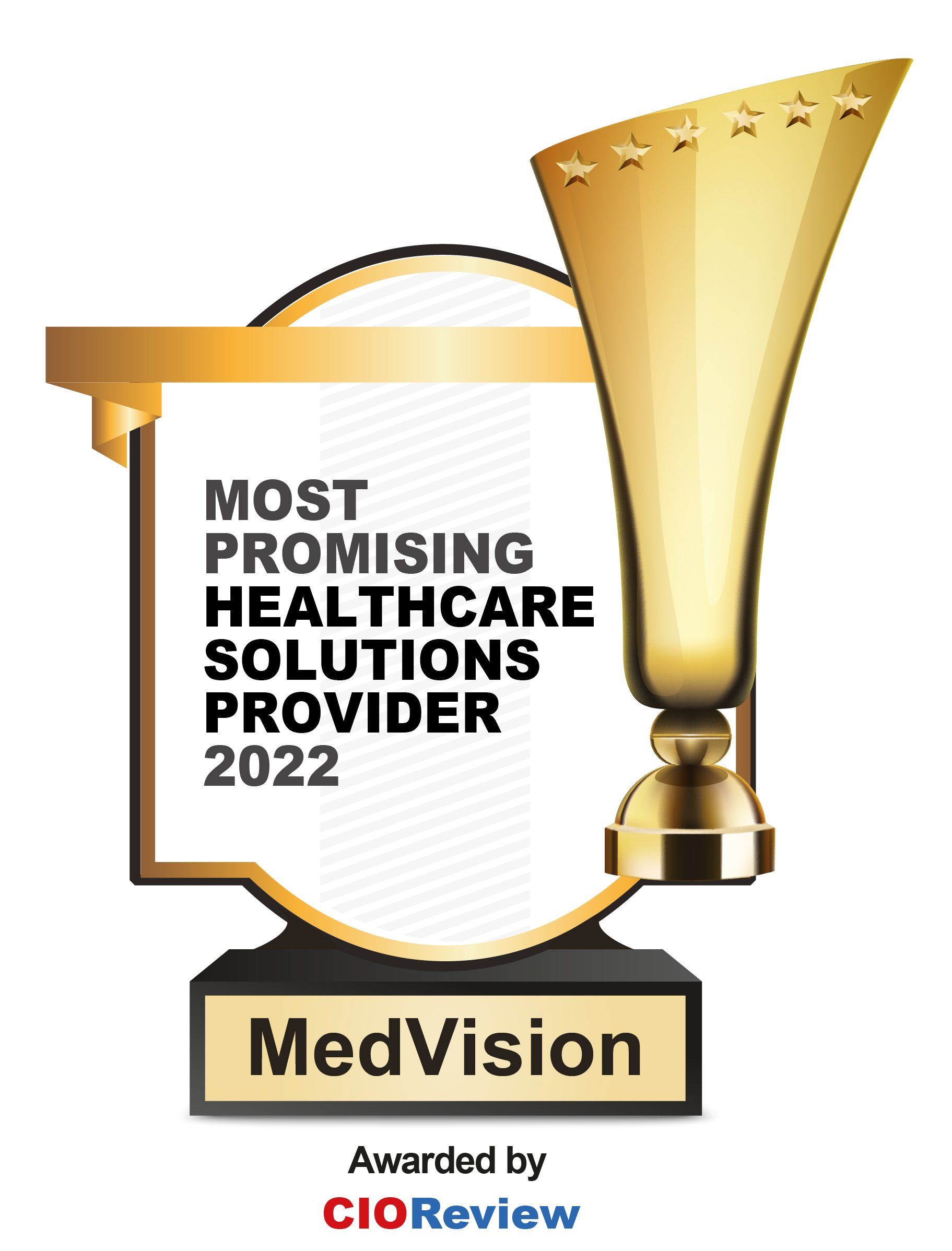How Actionable Data Analytics Support Population Health in PACE

Data is the key to unlocking better care. In the Program of All-Inclusive Care for the Elderly (PACE), where seniors often juggle multiple chronic conditions, actionable insights can transform how care is delivered.
With nearly 95% of older adults managing at least one chronic illness and 80% dealing with two or more, the need for data-driven strategies in population health management is critical.
PACE Programs allow seniors to remain in their communities while receiving essential healthcare. With the help of sophisticated data analytics, PACE teams can detect potential risks, adapt interventions, and raise the bar for quality care.
Uncover how data insights are helping PACE Programs improve patient outcomes and guide more efficient decisions.
Optimize PACE Operations with Advanced Healthcare Data Analytics
Data-Driven Population Health Management
Population health is the collective management of health outcomes for a specific group, focusing on preventive care and chronic disease management by analyzing health data, social determinants, and common risks to implement improvement strategies.
For healthcare providers, this means taking a proactive, data-driven approach to care by leveraging insights from large-scale health trends, risk stratification, and preventive interventions.
When it comes to
PACE Programs, tracking and analyzing population health data is key to delivering well-rounded care for older adults. PACE serves a particularly vulnerable demographic: seniors, often with complex medical needs, multiple chronic conditions, cognitive impairments, and social challenges like limited mobility or social isolation.
PACE aims to allow these participants to age in their communities instead of moving to long-term care facilities. In achieving this, there is a need for an integrated, population-based care approach in managing long-term health outcomes— one that relies heavily on data to inform decision-making and optimize care delivery.
The Need for Actionable Data in the Healthcare Sector
Healthcare now generates nearly a third of the world’s data, with hospitals alone churning out about 50 petabytes every year. By 2025, the total data volume is expected to skyrocket to 10,800 exabytes, fueled by the growing use of digital records, operational systems, and data from wearable devices.
Although the healthcare industry produces vast data, the sector utilizes only 3% of it, leaving the majority untapped.
Healthcare often deals with unstructured data; without a robust data management plan, it can be easier to organize and use efficiently with a robust data management plan. A recent study shows that 77% of health systems still don’t have a clear integrated analytics strategy.
As healthcare becomes more complex and data remains underused, real change comes from turning raw data into tangible insights.
Clinicians need structured information to make informed, timely decisions, and presenting data clearly—often through visuals—becomes a powerful tool for improving outcomes.
With the rise in medical data collection, healthcare organizations must focus on secure storage, efficient analysis, and seamless sharing with other care providers. These steps are essential for managing patient populations, improving care, and controlling costs.
How Healthcare Data Analytics Optimize PACE Programs

In PACE Programs, leveraging actionable data and predictive analytics is crucial for success.
These tools are also essential in population health management, allowing care teams to identify trends, stratify risk, and tailor interventions to improve outcomes across the entire patient group. For health leaders, it also means having a clearer picture of how the business is performing on both operational and financial fronts.
Here's a closer look at how structured data and population health analytics bring value to PACE Programs.
1. Better Health Outcomes
Care teams can intervene early to prevent hospitalizations, reduce emergency room visits, and avoid adverse health events when they can access timely, actionable data. This results in better long-term health outcomes for PACE participants managing multiple chronic conditions.
Here are the key areas where data analytics improves the health of the senior population:
- Identifying At-Risk Individuals: Data analytics can flag participants at higher risk of health complications, allowing for early interventions. For example, tracking hospital admissions or vital signs patterns can help identify those needing closer monitoring.
- Tracking Outcomes and Performance: Analytics help measure the effectiveness of care over time. Care teams can adjust treatment plans to meet participants' needs by monitoring health outcomes.
- Predictive Analytics: Predictive models use historical data to anticipate potential health issues before they arise. This allows care teams to take preemptive actions, improving health outcomes and lowering costs associated with acute care episodes.
2. Optimized Resource Allocation
Data-driven insights enable PACE Programs to allocate resources where they are most needed. By understanding trends in patient health and the demand for specific services, administrators can ensure that staffing levels, medical supplies, and other resources align with patient needs.
This optimization extends to human resources and physical assets, allowing care teams to prioritize interventions for patients with the greatest need.
For example, data may reveal the need for additional home care support for patients at higher risk of falls, preventing more costly interventions later, like hospitalization or long-term care.
Moreover, PACE organizations submit quality data to the Centers for Medicare & Medicaid Services (CMS) to help monitor and enhance the care provided to their participants.
This data collection process allows PACE Programs to identify service gaps and shape quality improvement efforts, ensuring continuously optimized care and health outcomes for older adults.
3. Cost Reduction
The global healthcare spending has more than doubled in the last two decades, reaching $9 trillion in 2020. According to the World Health Organization, that’s about 11% of the world’s gross domestic product (GDP). But despite this, a lot of it is wasted due to inefficiencies in the system.
As the healthcare industry is transitioning from traditional fee-for-service to value-based care, organizations are leveraging advanced data management to cut costs, streamline care, and achieve more meaningful outcomes,
For PACE Programs, data analytics enhance senior care by focusing on prevention, reducing emergency interventions, unnecessary treatments, and hospital admissions—ultimately saving costs and improving participant quality of life.
4. Enhanced Compliance
Data analytics help organizations adhere to regulatory requirements by tracking key metrics such as patient safety, billing accuracy, and adherence to care protocols.
Structured data systems can automatically flag compliance issues before they escalate, lessening the risk of penalties. Additionally, they offer a clear audit trail, allowing organizations to provide transparency during regulatory reviews.
Strengthen Your PACE Program with Better Data Analytics!
To truly maximize the potential of your PACE program, you need data solutions that are comprehensive and user-friendly. MedVision offers advanced healthcare administration and data analytics software to streamline operations and provide the insights you need to manage population health effectively.
With QuickCap, you can access real-time data analytics that can transform how you approach care, from coordinating services to optimizing cost management.
By leveraging the power of QuickCap’s robust analytics tools, PACE Programs can ensure they deliver the highest quality care to their participants while driving down costs and improving operational efficiency.
Stay tuned for our next blog, Improving PACE Care with QC7’s Care Coordination and Analytics Tools, where we’ll dive deeper into how QuickCap supports these goals through its integrated analytics features.
Uncover New Insights for PACE Success!
Recently published articles
Keep in touch
Subscribe to get the latest update
Trending topics
Share your insights on social media
Upcoming events and company news
